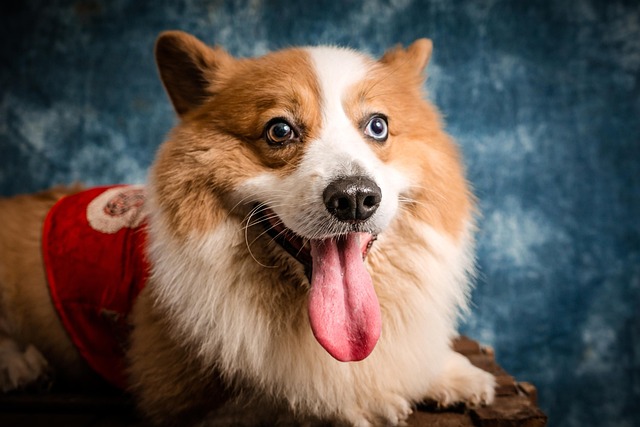
Do food toppers work for dogs
You’re standing in your kitchen, watching your dog sniff at their bowl of dry kibble with zero enthusiasm. Sound familiar?
Seeing your once - friendly dog growl or snap at people feels like a nightmare come true. It’s not just an embarrassing moment—it can lead to serious consequences. In most areas, local leash laws and animal control ordinances hold pet owners responsible for managing aggressive behavior. Ignoring it isn’t an option; understanding the root cause is the first step to finding a solution.
Physical discomfort often lies at the heart of sudden aggression. Just like us, dogs lash out when they’re in pain. An undiagnosed injury, arthritis, or dental issues could make your dog defensive. Neglecting potential health problems not only worsens your pet’s condition but may also violate animal welfare regulations that require proper medical care. If you suspect pain is the trigger, a visit to the vet should be your top priority.
Fear and anxiety play major roles, too. Traumatic past experiences, such as abuse or a scary encounter, can leave deep emotional scars. Loud noises, unfamiliar environments, or new people might also trigger fear - based aggression. In many communities, allowing an anxious, aggressive dog to roam freely risks complaints from neighbors and potential fines. Recognizing these triggers helps you create a safer, more comfortable environment for your pet.
 Lack of socialization during key developmental stages can catch up later in life. Dogs that haven’t interacted enough with different people, sights, and sounds may become overly cautious or aggressive. In areas with strong pet - friendly cultures, proper socialization is seen as a basic responsibility. Introducing your dog to new experiences gradually and positively can work wonders, but it requires patience and consistency.
Lack of socialization during key developmental stages can catch up later in life. Dogs that haven’t interacted enough with different people, sights, and sounds may become overly cautious or aggressive. In areas with strong pet - friendly cultures, proper socialization is seen as a basic responsibility. Introducing your dog to new experiences gradually and positively can work wonders, but it requires patience and consistency.
Never resort to punishment to address aggression. Yelling, hitting, or using shock collars not only damage your bond with your dog but can also make the problem worse. Many regions have strict laws against inhumane training methods. Instead, focus on positive reinforcement. Reward calm behavior around people with treats, praise, and affection. This approach aligns with ethical pet - training standards widely embraced in communities.
Use management tools to keep everyone safe during the retraining process. A sturdy leash, a head halter, or a well - fitted muzzle can prevent incidents in public spaces. Local regulations often require you to control your dog in areas where aggression could pose a risk. These tools aren’t a long - term fix, but they’re essential for managing the situation while you work on changing your dog’s behavior.
If the aggression persists, seeking professional help is crucial. A certified dog behaviorist or veterinary behaviorist can assess your dog’s specific needs and create a personalized training plan. In some areas, local authorities may require professional intervention if your dog poses a significant risk to public safety. Remember, getting expert advice shows you’re a responsible pet owner who cares about both your dog and the community.

You’re standing in your kitchen, watching your dog sniff at their bowl of dry kibble with zero enthusiasm. Sound familiar?

Spotting the first signs of your dog’s pregnancy feels like discovering a secret little miracle. But it’s not always obvious—unlike humans, dogs don’t have missed periods.

Wondering how soon you can tell if your dog is pregnant?The anticipation of new furry arrivals is both exciting and nerve-wracking.

Walking into your living room to find a flurry of fur on your couch, carpets, and even your clothes can be frustrating.

Picture this cozy scene: You’re finishing your morning cereal in your Chicago apartment, and your Labrador gives you that look – head tilted, eyes begging for the leftover milk.

Keeping your puppy’s teeth sparkling isn't just about a fresh-smelling kiss—it’s crucial for preventing painful dental issues down the road.